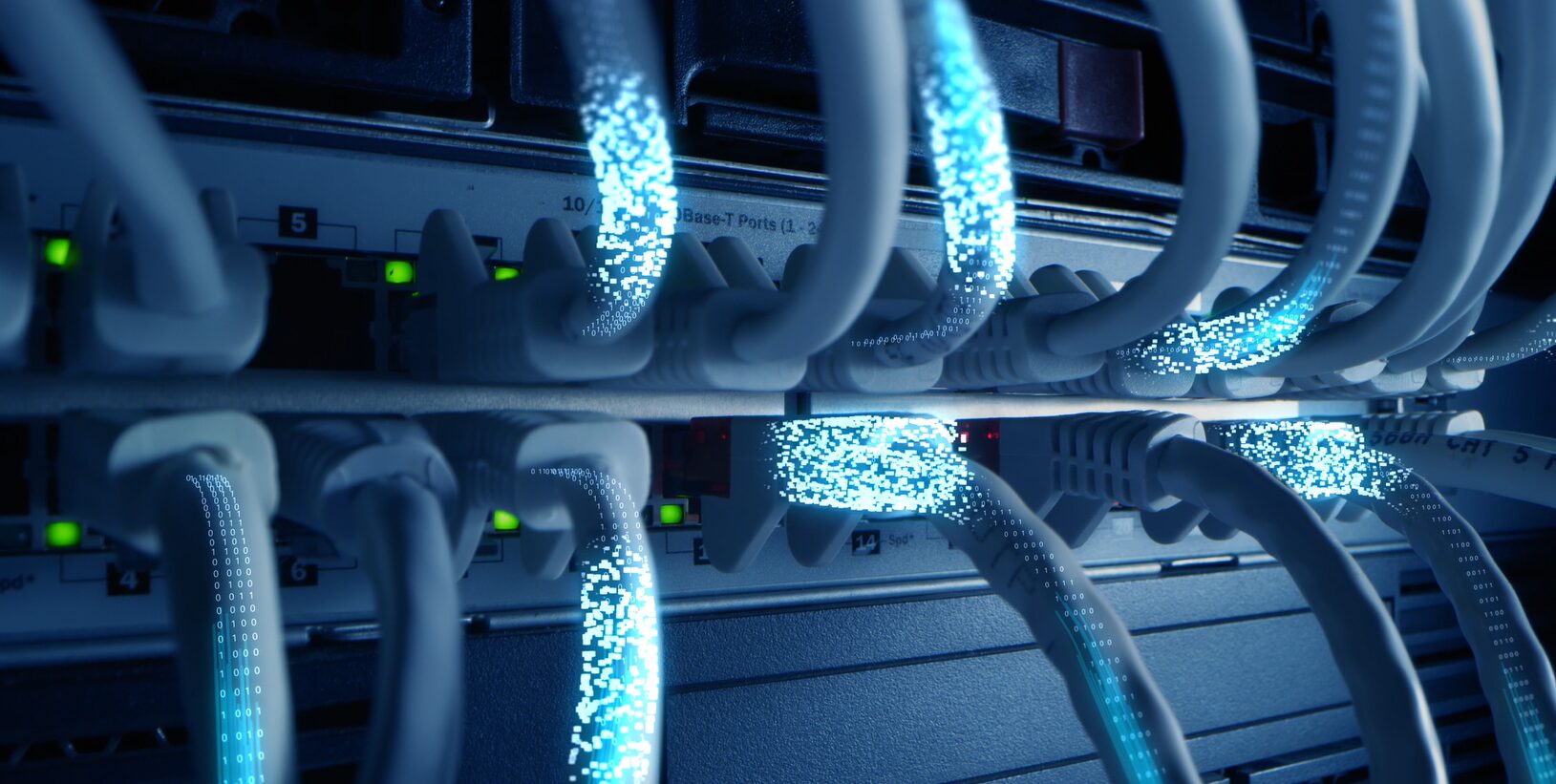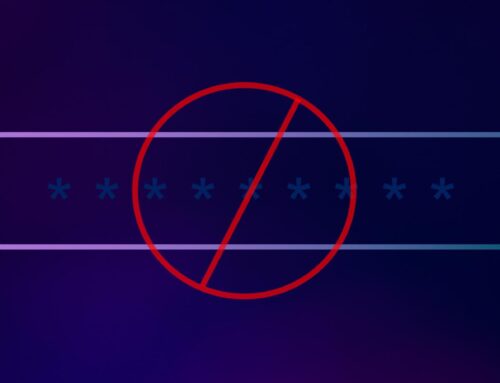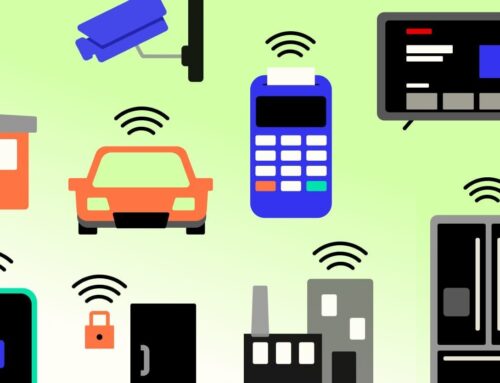Author: Musa Kamara
The Risk Management Framework (RMF) provides a structured and systematic approach to integrating security into the overall risk management process. One of the most critical components of the RMF is continuous monitoring, which ensures that an organization’s security posture remains robust and responsive to emerging threats and vulnerabilities. This blog explores the importance of continuous monitoring within the RMF, discusses best practices, and highlights tools that can enhance the effectiveness of this ongoing process.
Why Continuous Monitoring is Essential
Continuous monitoring is vital in today’s rapidly evolving cyber threat landscape. Unlike traditional risk management approaches that might involve periodic assessments, continuous monitoring allows organizations to maintain real-time awareness of their security posture. This ongoing vigilance is crucial because the threat environment is dynamic; new vulnerabilities, attack vectors, and threat actors emerge regularly. By continuously monitoring security controls, organizations can quickly detect and respond to these threats, minimizing the potential impact of security incidents.
Moreover, continuous monitoring helps organizations maintain compliance with regulatory requirements. Many industries are subject to strict regulations that mandate the protection of sensitive information, such as financial data, personal health information, or classified government information. Through continuous monitoring, organizations can demonstrate that they are consistently managing risk and adhering to these regulatory requirements, reducing the likelihood of fines, penalties, or reputational damage.
Best Practices for Continuous Monitoring in the RMF
To effectively implement continuous monitoring within the RMF, organizations should consider the following best practices:
Develop a Comprehensive Monitoring Strategy: A well-defined strategy is the foundation of effective continuous monitoring. Organizations should identify critical assets, prioritize them based on risk, and establish specific monitoring objectives. The strategy should also include a plan for integrating monitoring activities with other aspects of the RMF, such as risk assessment and mitigation.
Automate Where Possible: Automation is key to achieving the continuous aspect of monitoring. Automated tools can provide real-time data on system performance, security events, and compliance status. These tools reduce the burden on security teams and ensure that monitoring is consistent and comprehensive. Automated alerting systems can also be configured to notify stakeholders immediately when a potential security issue is detected.
Leverage Threat Intelligence: Incorporating threat intelligence into continuous monitoring efforts allows organizations to stay ahead of emerging threats. Threat intelligence feeds provide information on new vulnerabilities, attack techniques, and indicators of compromise. By integrating this information into their monitoring processes, organizations can proactively adjust their security controls to defend against the latest threats.
Regularly Review and Update Monitoring Processes: Continuous monitoring is not a set-it-and-forget-it activity. Organizations should regularly review their monitoring processes to ensure they remain aligned with the evolving threat landscape and business objectives. This review should include an assessment of the effectiveness of monitoring tools and techniques, as well as an evaluation of the organization’s response capabilities.
Ensure Comprehensive Coverage: Monitoring should encompass all aspects of the IT environment, including networks, endpoints, cloud services, and third-party integrations. Comprehensive coverage is essential for identifying vulnerabilities and security incidents that might otherwise go unnoticed. Organizations should also consider the use of multiple monitoring tools to cross-check and validate data, ensuring accuracy and reliability.
Tools to Enhance Continuous Monitoring
Several tools can enhance the effectiveness of continuous monitoring in the RMF. Some of these tools include:
Security Information and Event Management (SIEM) Systems: SIEM systems aggregate and analyze data from various sources, providing real-time visibility into security events. These tools can generate alerts for suspicious activities and help security teams prioritize responses based on the severity of the threat.
Endpoint Detection and Response (EDR) Solutions: EDR tools monitor endpoint activities, detecting and responding to potential security incidents. These solutions can automatically contain threats, reducing the risk of widespread compromise.
Vulnerability Management Tools: Vulnerability scanners identify weaknesses in an organization’s systems and applications. Continuous scanning allows organizations to quickly address new vulnerabilities before they can be exploited by attackers.
Compliance Monitoring Tools: These tools automate the process of assessing compliance with various regulatory frameworks, providing continuous assurance that security controls meet required standards.
Conclusion
Continuous monitoring is a cornerstone of effective risk management within the RMF. By implementing best practices and leveraging the right tools, organizations can maintain a strong security posture, stay compliant with regulatory requirements, and effectively respond to the ever-changing threat landscape. In an era where cyber threats are constantly evolving, continuous monitoring is not just a recommendation; it is an essential practice for safeguarding an organization’s critical assets.





